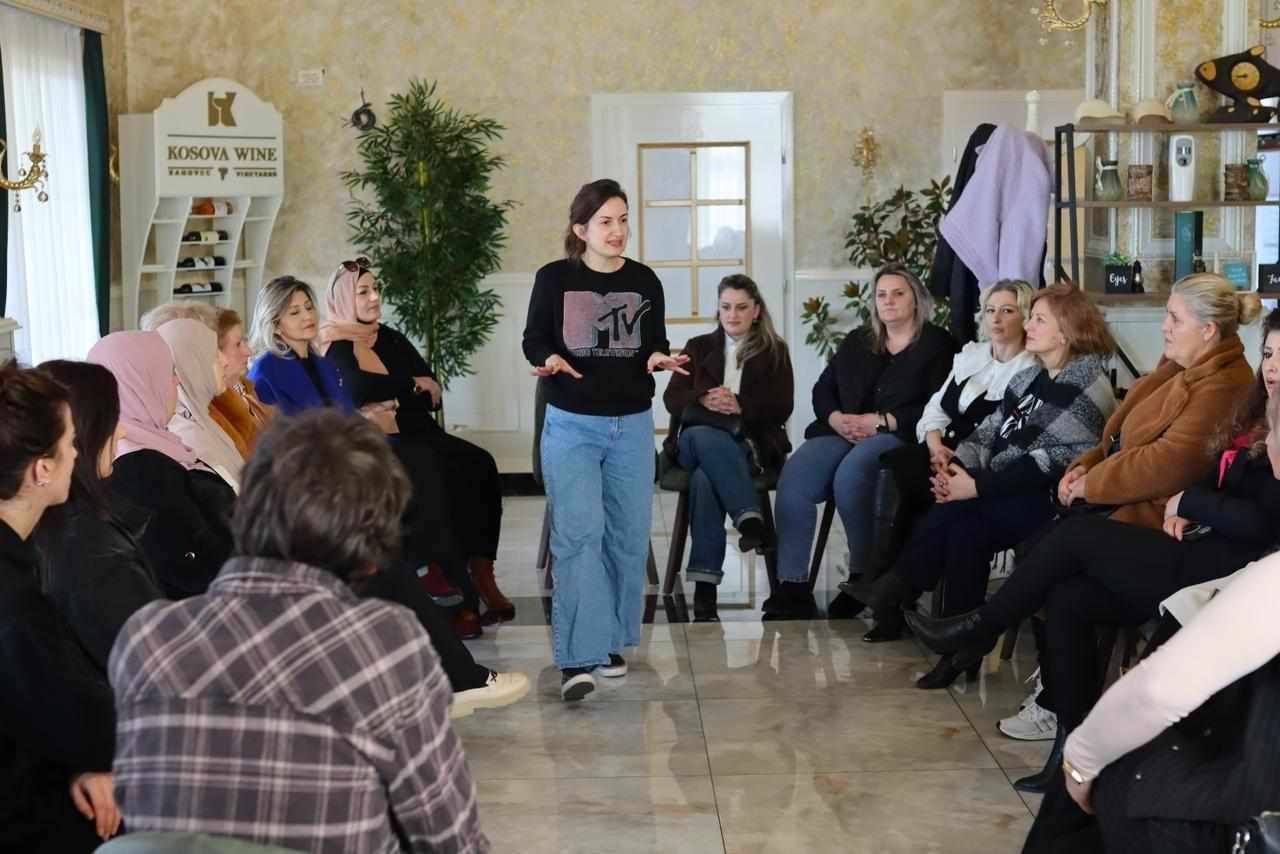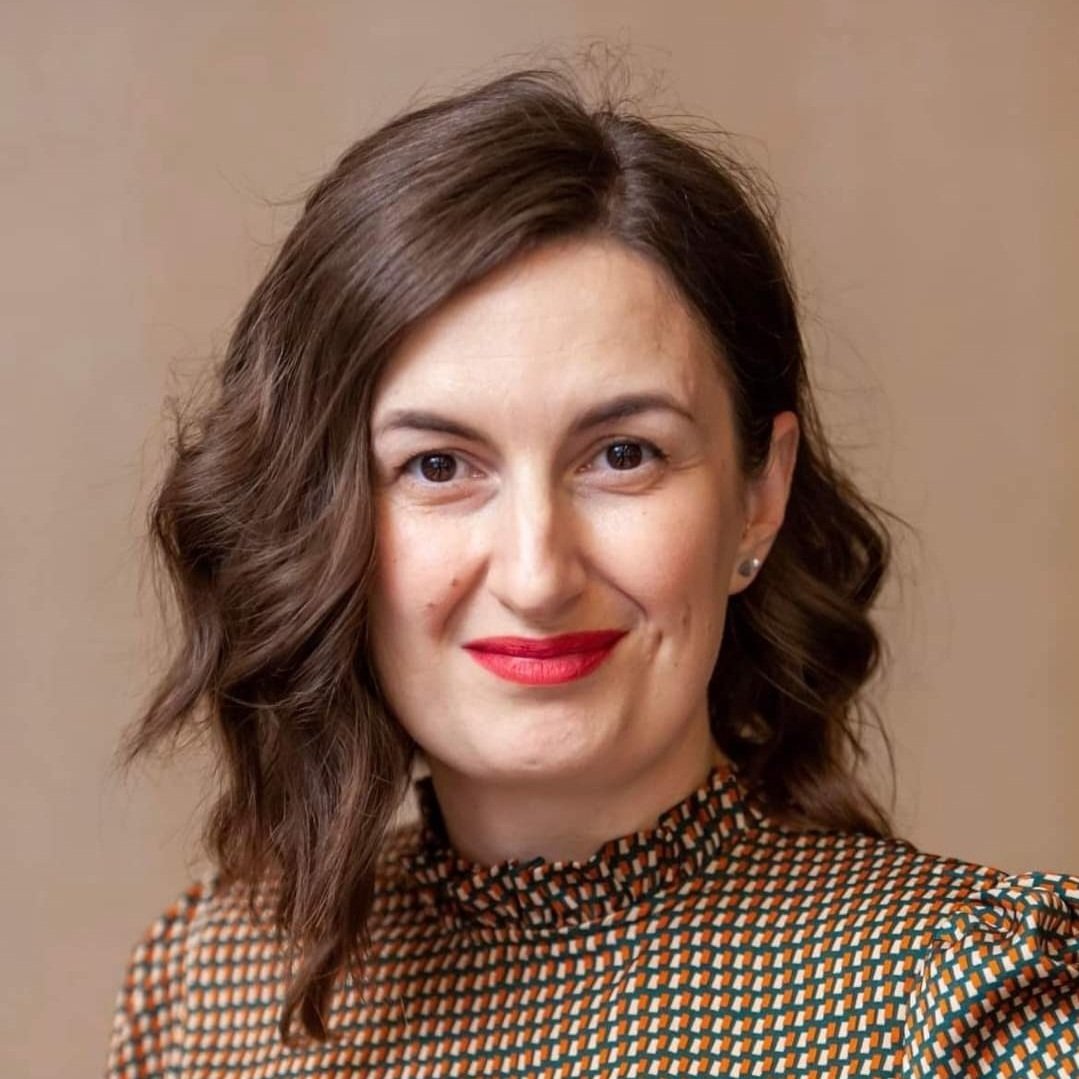The Greatest Art in the World
“What will happen?” This question kept popping into my head as I sat in the van, winding through the rugged mountains of Kula, somewhere between Montenegro and Kosovo. Together with the artists from the acting troupe Magic Theatre (Magični Teatar), we were on our way to perform a play with women living in Kosovo. The project aimed to bring together women of Albanian and Serbian ethnicity, using theatre and artistic expression to empower those from areas affected by conflict. The twist? The actresses weren’t professionals—they were going to be local women who had never acted before but were willing to give it a shot.
I had no idea what to expect. Who would come out to meet us? And how on earth were we supposed to rehearse and stage a play in just eight short days? The director assured us it was doable, so I decided to go with the flow.
Kosovo’s history is marked by turmoil, which escalated in the late 1990s with armed conflict between what was then the Federal Republic of Yugoslavia (now Serbia) and the Kosovo Albanians. The conflict had historical, territorial, and deep religious roots, pitting Orthodox Serbs against Muslim Albanians. It ended in 1999 with NATO intervention. However, while the gunfire ceased, the conflict never truly did.
Growing up in Bosnia, I mainly thought of Kosovo as a place where people had survived a war, just like we had. We even had a couple of refugee kids from Kosovo in my elementary school class. But beyond that, I didn’t know much.
We arrived in the town of Orahovac (“Rahovec” in Albanian) just in time for dinner. Our hotel was a grandiose yellow castle standing in the middle of vineyards, surrounded by half-finished houses with bare concrete facades. Wow, I whispered to myself, this reminds me of home. The aesthetics were quintessential Eastern Europe—breathtaking nature woven with human resilience. People surviving interruptions, and those who learned to thrive, displaying their yellow castles as ultimate trophies. Needless to say, the Balkans are one of the best performative art displays in the world.
What followed in the days ahead was nothing short of pure love and connection. Though this incredible group of women were initially hesitant to speak Serbian (due to the conflict, older Albanians often refuse to speak Serbian and younger generations never learn it), they began communicating with us directly in Serbian by the second day. Since Bosnian and Serbian are essentially the same, translation quickly became unnecessary.
They shared their life stories, their work, and their talents. Not only were they great actresses, but they were also incredible farmers, knitters, lawyers, businesswomen, directors, cooks—you name it, they had it. Many opened their homes to us, offering gifts of homemade food, knitwear, and the kind of human love that exists everywhere, if only we open our horizons and see the other as ourselves.
Yet, the wounds of the past were visible everywhere. Animosity lingered. Serbian and Albanian territories remain divided—in schools, healthcare, government, and language. But these women showed us and themselves that a different path exists. By acting together, sharing meals, and drinking coffee, they crossed those invisible lines that divide Serbs from Kosovars and sent a powerful message of peace and reconciliation.
In the end, I was reminded once again that art is therapeutic and holds profound healing power. I learned that peace can be achieved by taking risks, choosing to see the other as a human being, breaking bread together, and finding joy in small jokes along the way. Our differences—whether religious, ethnic, or political—pale in comparison to what unites us: our ability to recognize one another’s humanity, to give and receive love, and to embrace acceptance no matter who we are.
Because, ultimately, the greatest art in the world is the one in which we are human.
Mirela is Peace Catalyst Program Director in Bosnia and Herzegovina (BiH). Born in Sarajevo in the 1980’s, she had a front row seat to the breakup of Yugoslavia and the siege of Sarajevo and is now studying to become a trauma therapist to more effectively address the unengaged trauma in BiH. Learn more about Mirela here.







